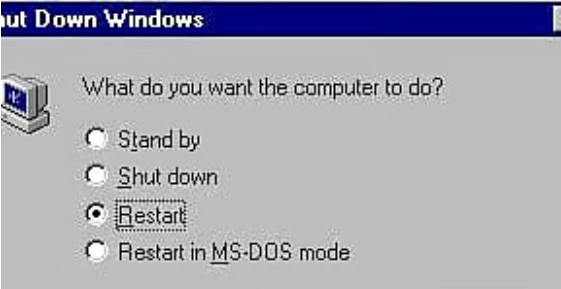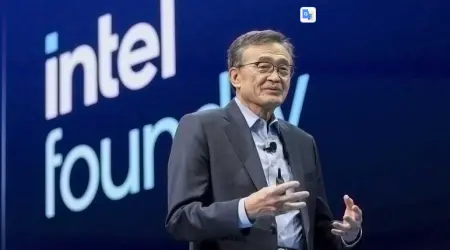

When the computer restart started
Those who use computers press the restart button whenever they encounter computer-related problems. Those who have been using computers since the 1990s are quite familiar with the restart button of the computer. When the computer works slowly or hangs, we press the restart button.
The process of starting a computer for the first time is called booting in the language of technology. This word comes from the English bootstrap. There was no operating system installed when the first computers were turned on. Bootstrap was used as a metaphor in the computer world in the 1950s. Whan the bootstrap button was pressed on the computer, a hardware program called the bootstrap program started reading from the input unit. Following the execution of the bootstrap programme, the computer began reading additional programme instructions. The whole process is a self-contained process. The computer's work proceeds without the help of manually entered instructions. Bootstraap as a computing term has been used since 1953.
The first modern computer was the IBM 1401, which was introduced to the market in 1959. At that time, commands were given to the computer through punch cards. These punch cards were called bootstrap cards. From there, the term booting began to be used. On these computers, when a start button was pressed, the computer could execute a specific command.
When a problem occurred in a running computer system, it was necessary to restart it, it was called rebooting. Once started, that is, after booting, restarting it was called rebooting. Early computers were huge and complex. Due to various problems, booting or restarting the computer had to be done repeatedly. Many times, a program error would make the entire system useless or unstable. By rebooting, engineers would shut down the faulty program and restart the computer. Initially, the concept of cold reboot and hard reboot was seen. Completely disconnecting the power connection and restarting it was called cold reboot. It is much like turning off and on the computer by pressing the power button on our computer or laptop.
Later, operating systems like Linux and Microsoft Windows began to use the word "reboot" more frequently. With the popularity of Microsoft Windows, the restart option from the Start menu became readily available to everyone.

